What happens to anxiety after 30 days of cold showers?
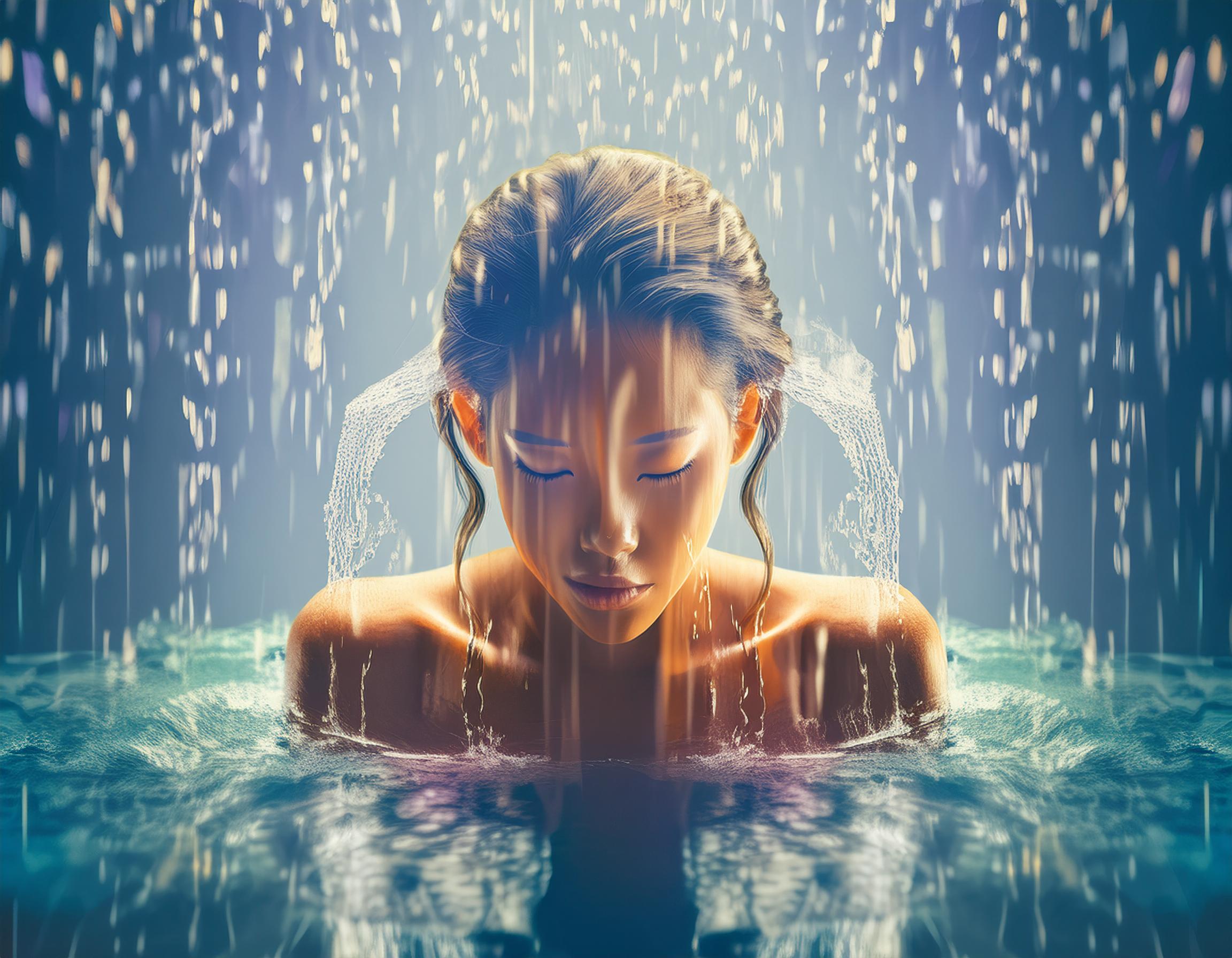
Anxiety is a feeling of worry, fear, or unease that disturbs the quality of life of millions. There are many medical treatment options to improve anxiety, but they may not be feasible for everyone. Some people dealing with anxiety seek out wellness practices, from meditation to exercise, in hopes of finding relief.
One effective method that recently became very popular and is scientifically proven to reduce anxiety is cold water therapy. This practice involves exposing the body to cold water for a short period. Examples of cold water therapy are cold showers, ice baths, and swimming in cold bodies of water. Evidence is available to back the claim that cold water therapy can relieve stress and anxiety and improve mental well-being.
People who are new to cold water therapy often question how regular cold water therapy works for improving anxiety. So in this article, we will understand what happens when you take a cold shower for 30 days straight.
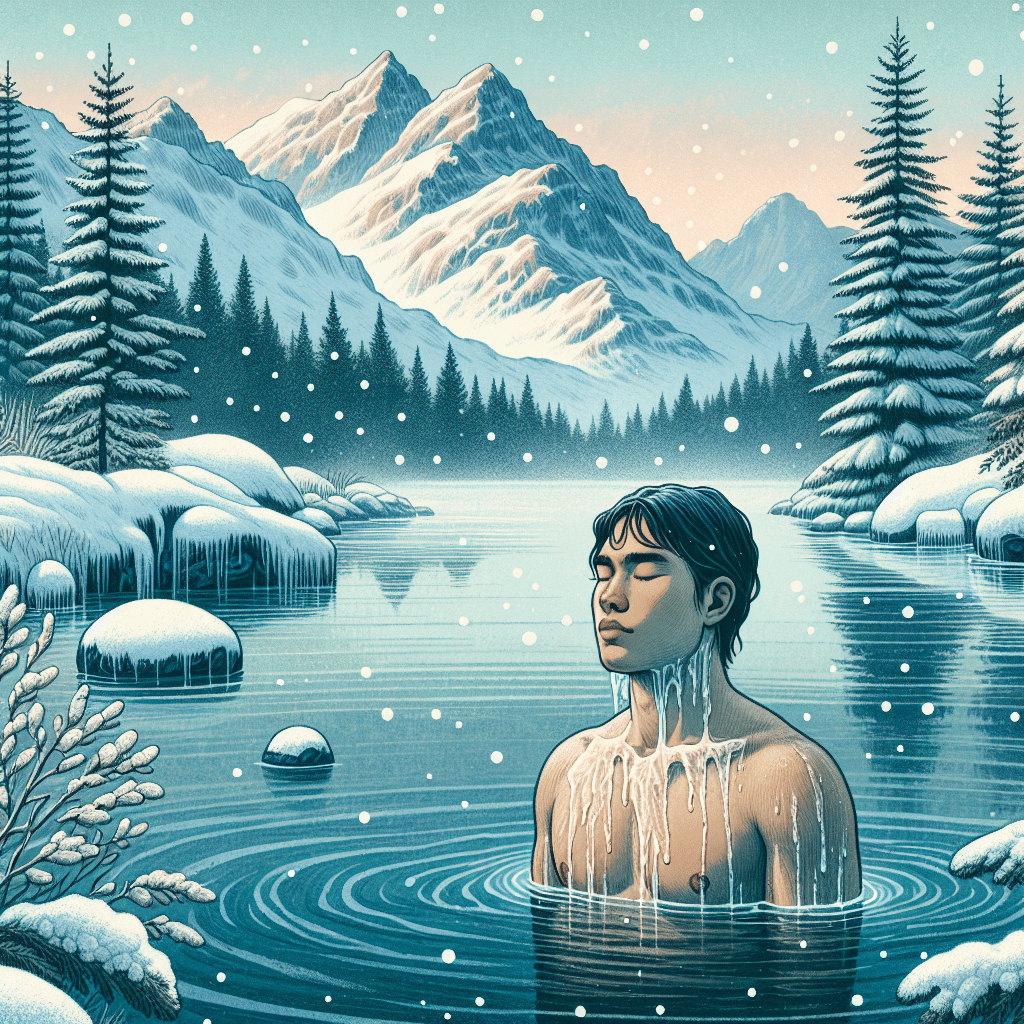
The Science Behind Cold Water Therapy Effects
Cold water therapy creates changes in both the body and mind. These changes help reduce anxiety through specific psychological and physiological responses.
Physiological Effects of Cold Water Therapy
When you expose your body to cold water, the cold temperature acts as a shock and stimulates many physiological changes. The initial response of the body to the cold is the activation of the sympathetic nervous system, which is responsible for our “fight-or-flight” response.
But what is the fight or flight response?
It is a natural defensive mechanism of the body against sudden shock or stress, such as cold temperature in this case. This activation makes the body more alert and responsive. Reports show that with a fight-or-flight response, adrenaline hormone levels rise, helping to improve focus and energy levels.
Another effect of fight-or-flight response is vasoconstriction, a process where blood vessels narrow to conserve body heat. This action directs blood flow to the vital organs and helps protect them from the cold. When you step out from the cold bath, the blood vessels relax, and circulation improves. Better circulation helps remove waste products from muscles and tissues, which can lead to quicker recovery timings.
Psychological Effects of Cold Water Therapy
Physiological changes are not the only effects of cold water therapy. Instead, the psychological benefits of cold water therapy are even more prominent in some people. This wellness practice can enhance your mood and improve your psychological well-being.
One reason is that it triggers the release of dopamine and endorphins, which are the body’s natural “feel-good” chemicals. Endorphins help reduce pain and initiate feelings of happiness and well-being. Dopamine relieves stress and creates a sense of motivation. These hormonal releases can help lift a person’s mood, making them feel less stressed and more balanced.
Additionally, cold water therapy can help create mental resilience. Regularly preparing your mind against the cold makes people feel a sense of accomplishment and increased mental strength. This boost in confidence can improve mood and make handling everyday stresses more manageable.

Cold Water Therapy For Anxiety
Anxiety is a psychological condition where a person experiences feelings like fear and discomfort. Long-term anxiety can ruin the quality of life for many people. Besides medical management for improving anxiety-related symptoms, cold water therapy anxiety association is a new approach with promising outcomes.
Research On Cold Water Therapy For Anxiety
When the discussion is about the effectiveness of any wellness practice, scientific research is the key determinant. Many studies support the benefits of cold water therapy for depression and anxiety.
For example, a study published in Medical Hypotheses found that cold showers can reduce the symptoms of depression. The study explains:
“Due to the high density of cold receptors in the skin, a cold shower is expected to send an overwhelming amount of electrical impulses from peripheral nerve endings to the brain, which could result in an anti-depressive effect.”
A 2023 study by the journal Biology reveals that exposure to cold triggers the release of dopamine and endorphins. But how do dopamine and endorphins benefit against anxiety?
Dopamine and endorphins are the feel-good hormones that your body releases in response to stress. The release of dopamine and endorphins from cold water therapy makes you feel happy, motivated, and rewarded. This can help in lowering symptoms of anxiety and create a sense of well-being.
Personal Experiences With Cold Water Therapy For Anxiety
Although scientific research is enough to make someone believe in the benefits of cold water therapy for anxiety, personal experiences and testimonials add an element of relatability. Here are some testimonials of people who practiced cold water therapy for 30 days regularly:
Relieving anxiety and depression
In the first testimonial, this person speaks about how cold showers helped relieve his anxiety and depression, highlighting the fact that this “treatment is sending signals to your brain similar to what antidepressants do.”
The Flinch
In another testimonial, Matt D’Avella states that taking a cold shower for 30 days helps teach everything we need to know about self-development and how to embrace “The Flinch.” This is a term coined by author Julian Smith. “The Flinch occurs when we flinch at an opportunity for growth. But to really move forward, we must embrace The Flinch, and one of the best ways to embrace The Flinch is by deliberately placing yourself in difficult situations, like that of a cold shower.”
Incorporating Cold Showers In Your Routine For 30 Days
If you want to try cold water therapy to improve your anxiety-related symptoms, starting with a 30-day cold shower routine can be a good first step. This section will guide you on what you can expect, and the challenges you might face following this 30-day routine, with tips on how to handle them.
Step-by-Step Guide On Cold Shower Routine
Here is a step-by-step guide on how you can incorporate cold showers into your wellness routine effectively for maximum benefits:
- Start with Warm Water: Begin your shower with warm water as you normally would. This helps your body in a gradual shift towards cold.
- Slowly Lower the Temperature: After a few minutes, turn down the water until it feels cold. Let your body adjust to the temperature change slowly.
- Focus on Deep Breathing: Practice deep breathing to stay calm in the cold water. This can help ease anxiety and keep you focused.
- Increase Your Cold Exposure Gradually: Start by spending just a few seconds in the cold water. Over time, work your way up to a few minutes as you get used to it.
- Stay Consistent for 30 Days: Commit to taking a cold shower every day for a month. This consistency helps you feel the full benefits of managing anxiety.
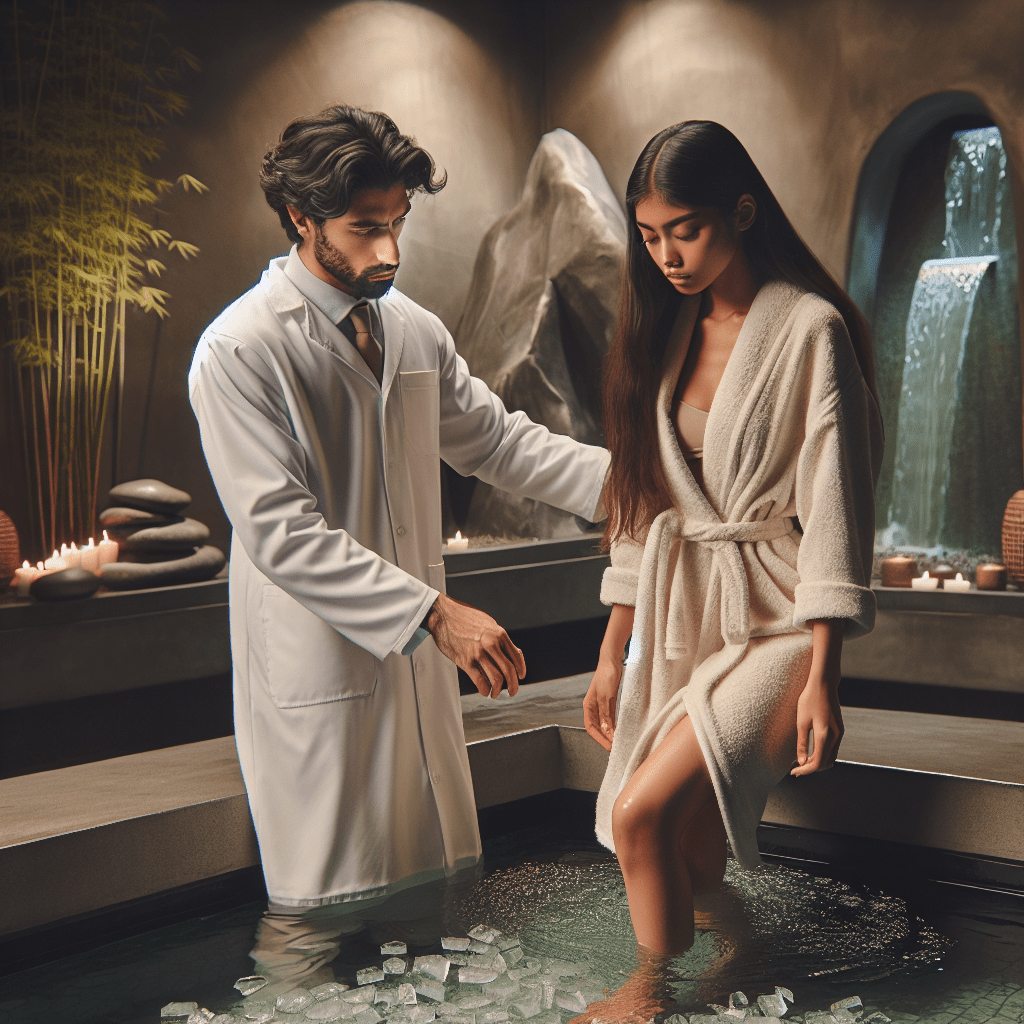
What to Expect During the 30-Day Routine?
Your body’s response to cold will not be the same in all 30 days. Initially, it can be tough and challenging but with each coming day, your body learns to deal with the cold efficiently. Here is a breakdown of what to expect during the 30 day routine of cold water therapy:
Week 1: The Most Challenging Start
If your body isn’t adapted to the intense cold temperatures, the first week can be very challenging for you. Your body may react with “cold shock,” making you feel breathless or tense. This is normal, and with time, you’ll start to adjust.
Week 2: Adapting to the Cold
By the second week, your body begins to handle the cold better. You may notice that it’s a bit easier to step into the cold water, and you might feel more energized after the cold therapy session.
Week 3: Improved Mood and Focus
In week three, you might start to feel the mood-boosting effects of cold water therapy. Many people feel more positive, alert, and focused after their showers, and they may feel less anxious.
Week 4: Feeling Stronger and More Resilient
The fourth week is the time when your body has largely adapted to the cold, and the cold showers feel less shocking. You may feel mentally stronger and more resilient. It can result in improvements in mood and energy throughout the day.

Conclusion
Cold water therapy is a popular wellness practice among athletes for its physical health benefits such as recovery. However, physical health benefits are not the only aspect of this practice since it can also help in improving psychological health.
Anxiety is a common psychological condition that can lower anyone’s productivity and disturb the overall quality of life. Cold water therapy can be an effective approach for managing anxiety and related symptoms. Evidence and personal testimonials reveal that the effects of cold water therapy on the body can help relieve stress and anxiety.
If you are planning to give a chance to this wellness practice for 30 days straight, make sure that you know what challenges to expect from practicing cold water therapy for anxiety and how to overcome those challenges.

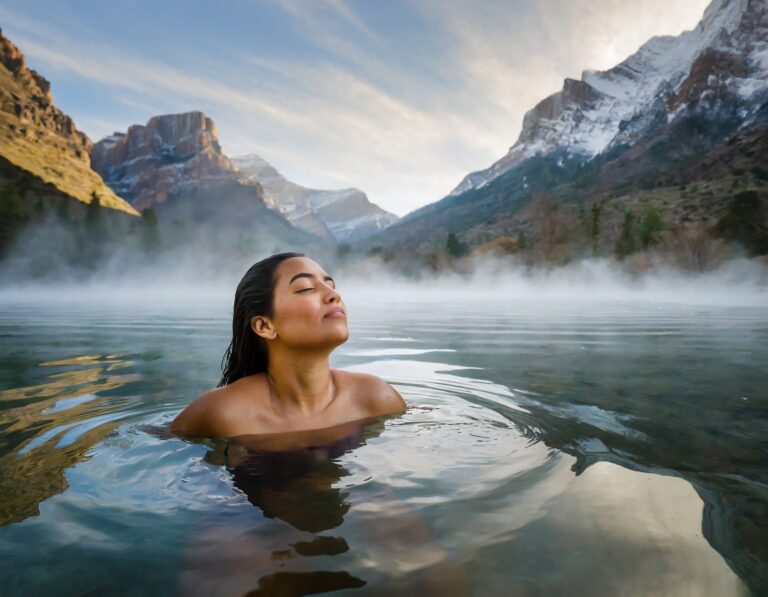

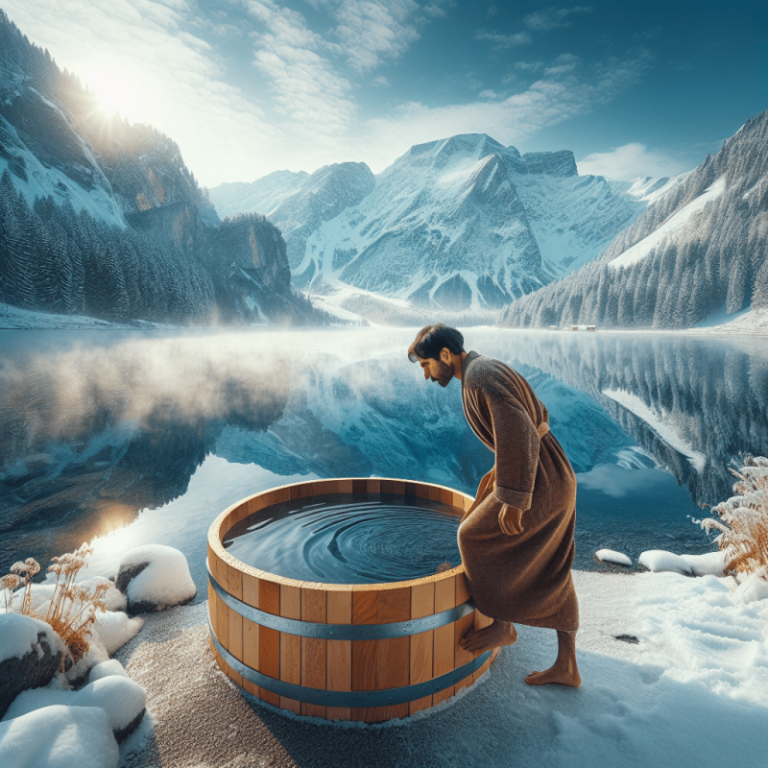
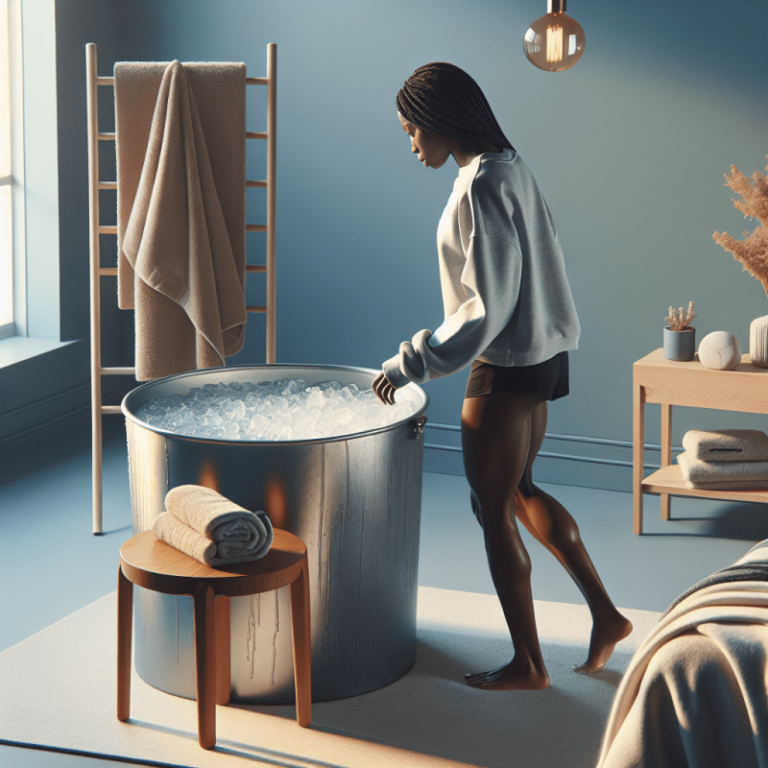
Great article! I recently got in to using the cold water therapy , mixed with a hot water therapy and I am floored with how much energy I have and how incredibly alive I feel.
Definitely interesting to see how my body responds to the stimulation after I create more of a routine out of this .
Thanks for sharing the info , great stuff!
Thanks for reading and sharing your experience, Eli! I can resonate with the afterglow you realized as well. It’s been a great addition to my wellness routine. Would love to hear how your body responds after a few weeks of consistent practice! Take care, and happy plunging!